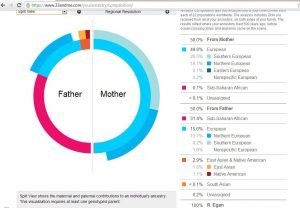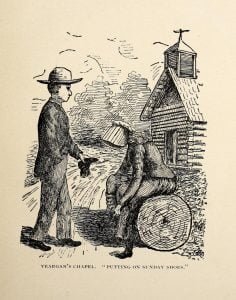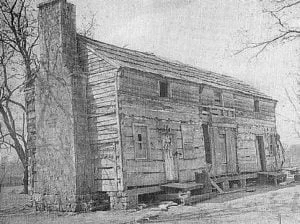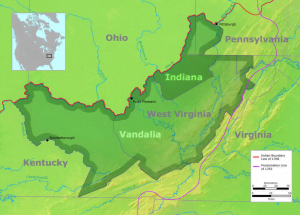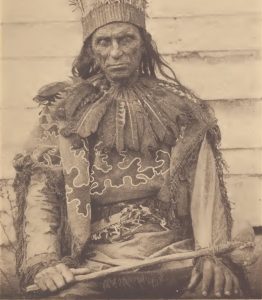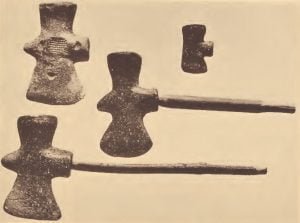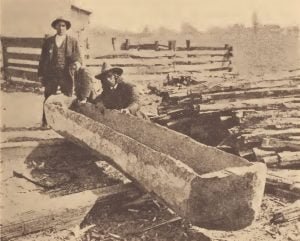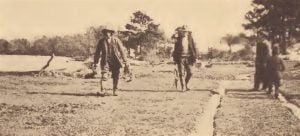Descendants of Veranus Filoon of North Bridgewater, MA
For several generation the family bearing the name of Filoon has live in Abington and North Bridgewater (now Brockton), where evidence of their thrift, solidity and respectability are manifest, and there also have lived the Bretty and Fullerton families, with which the more recent generations of the Filoons have been allied through marriage, the Brett family being one of the ancient families of the Old Colony and its progenitor an original proprietor of Bridgewater. This article is to particularly treat of the branch of the Filoon family to which belonged the late Veranus Filoon, who was long and prominently identified with the business and social circles of North Bridgewater and Brockton, and his son, the present Fred W. Filoon, who as his father’s successor is continuing the business with marked success, as well as the former’s brother, the present Henry H. Filoon, who has long been a leading and successful practicing dentist.





